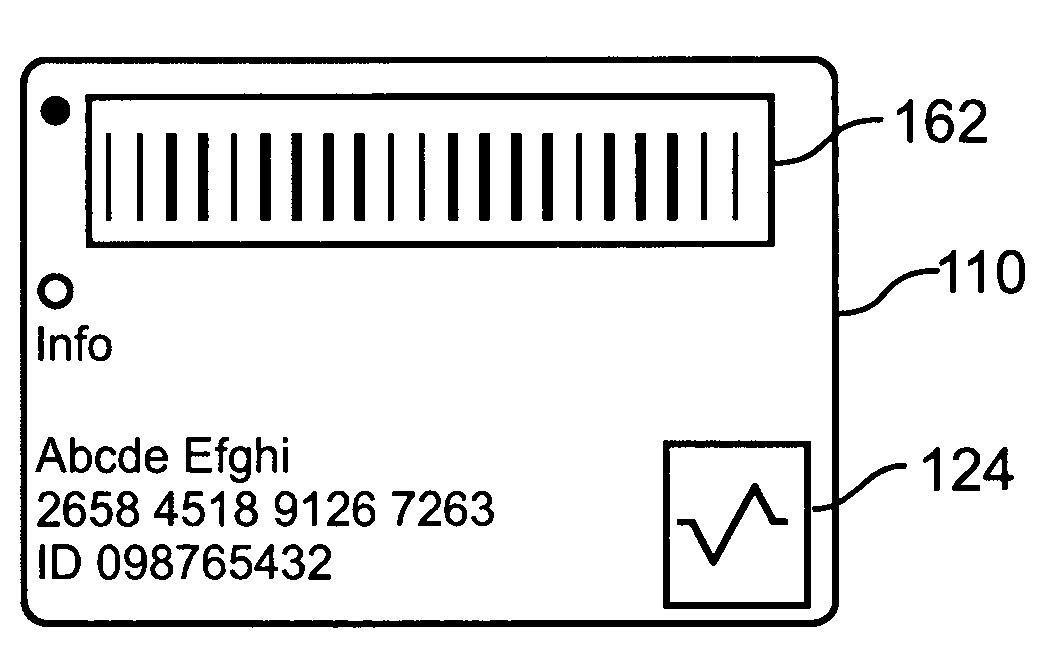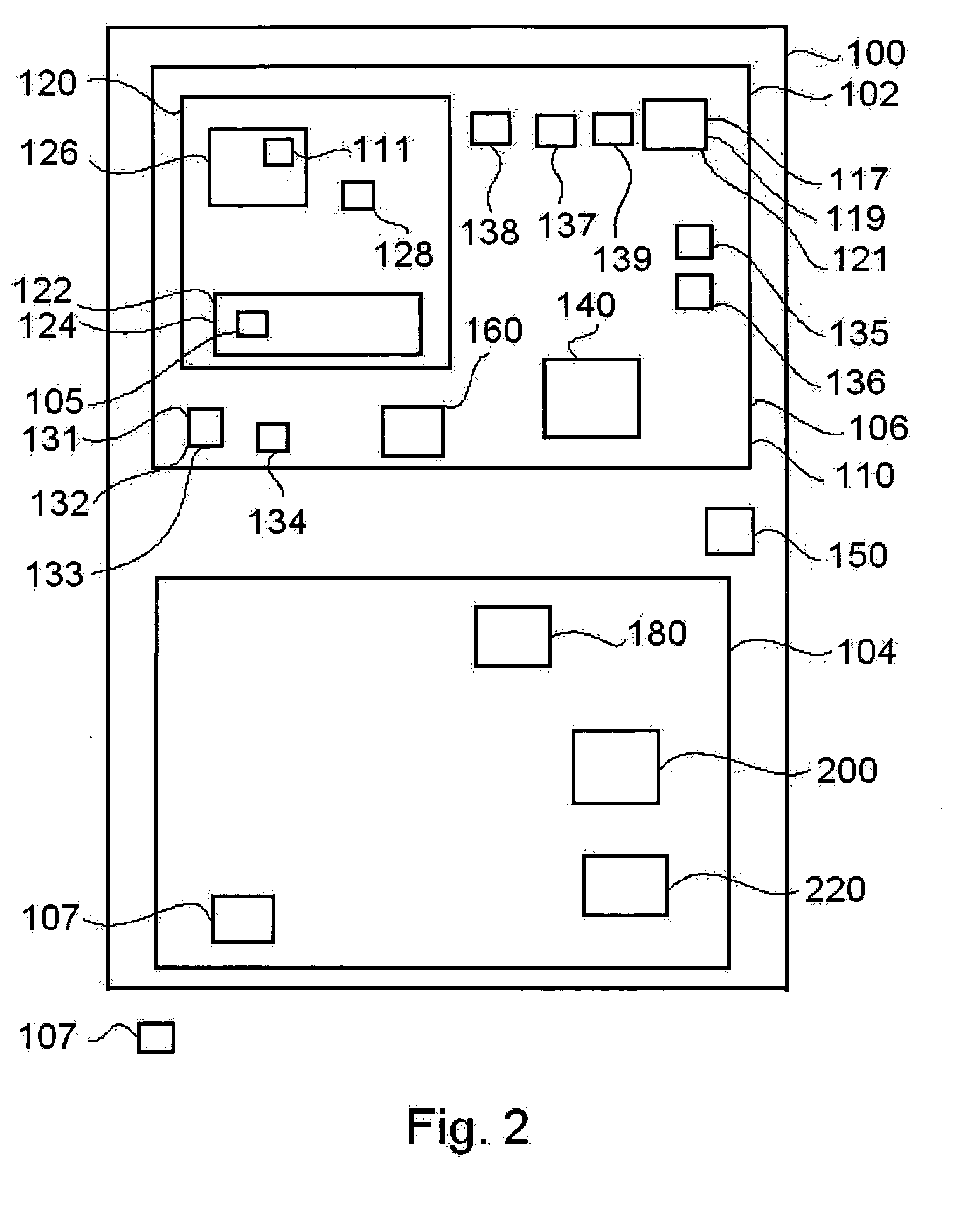Device, method and system for authorizing transactions
a technology of authorizing transactions and devices, applied in the direction of electronic credentials, payment protocols, transmission, etc., can solve the problems of credit/debit card theft and credit/debit card fraud, the problem of exacerbated problems, and the inability to meet the requirements of payment,
- Summary
- Abstract
- Description
- Claims
- Application Information
AI Technical Summary
Benefits of technology
Problems solved by technology
Method used
Image
Examples
Embodiment Construction
[0100] The present invention is of a device, system and method for authorizing a transaction such as a business transaction, the system comprising a user device providing an non-predictable transaction code upon receipt of biometric input identifying a current user as an authorized user, and further comprising a server device operable to verify that a received code is a valid transaction code provided by a user device, and further operable to authorize a transaction in response to receipt of a valid transaction code. Specifically, the present invention can be used to control business transactions involving credit cards in a convenient and highly secure manner. Preferred embodiments of the invention enable a single user device to provide valid transaction codes to a plurality of applications, which plurality of applications are operable to receive transaction authorizations from a common server device and / or from a plurality of distinct server devices.
[0101] The principles and opera...
PUM
 Login to View More
Login to View More Abstract
Description
Claims
Application Information
 Login to View More
Login to View More - R&D
- Intellectual Property
- Life Sciences
- Materials
- Tech Scout
- Unparalleled Data Quality
- Higher Quality Content
- 60% Fewer Hallucinations
Browse by: Latest US Patents, China's latest patents, Technical Efficacy Thesaurus, Application Domain, Technology Topic, Popular Technical Reports.
© 2025 PatSnap. All rights reserved.Legal|Privacy policy|Modern Slavery Act Transparency Statement|Sitemap|About US| Contact US: help@patsnap.com



